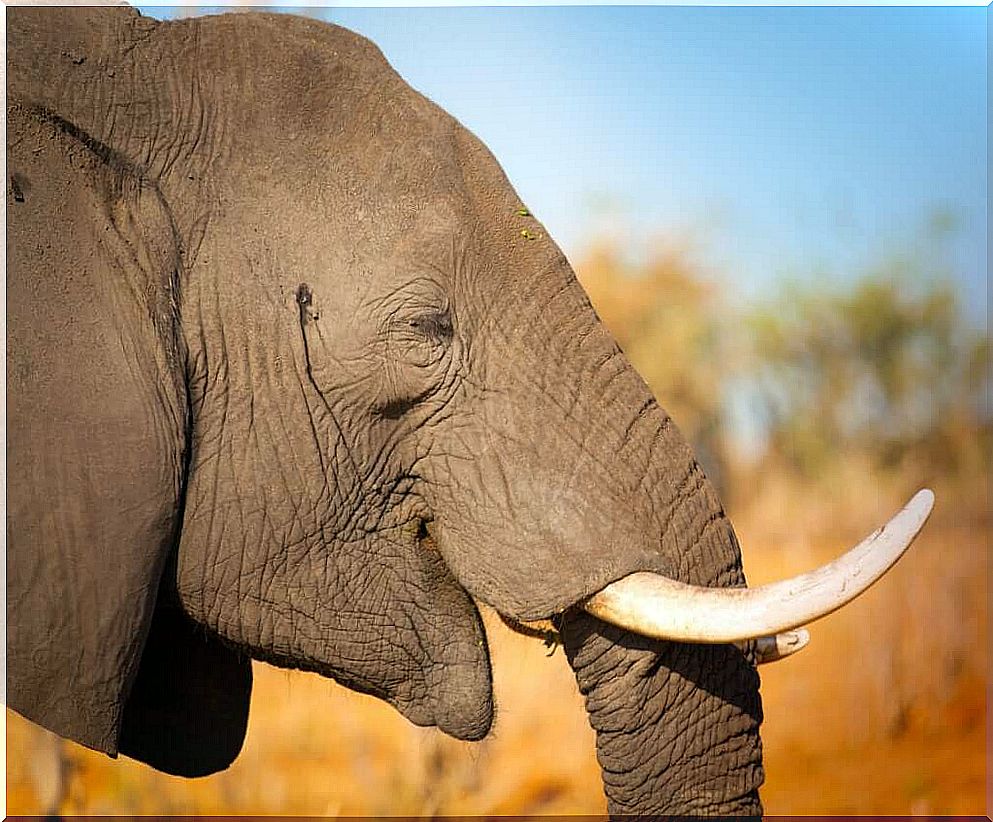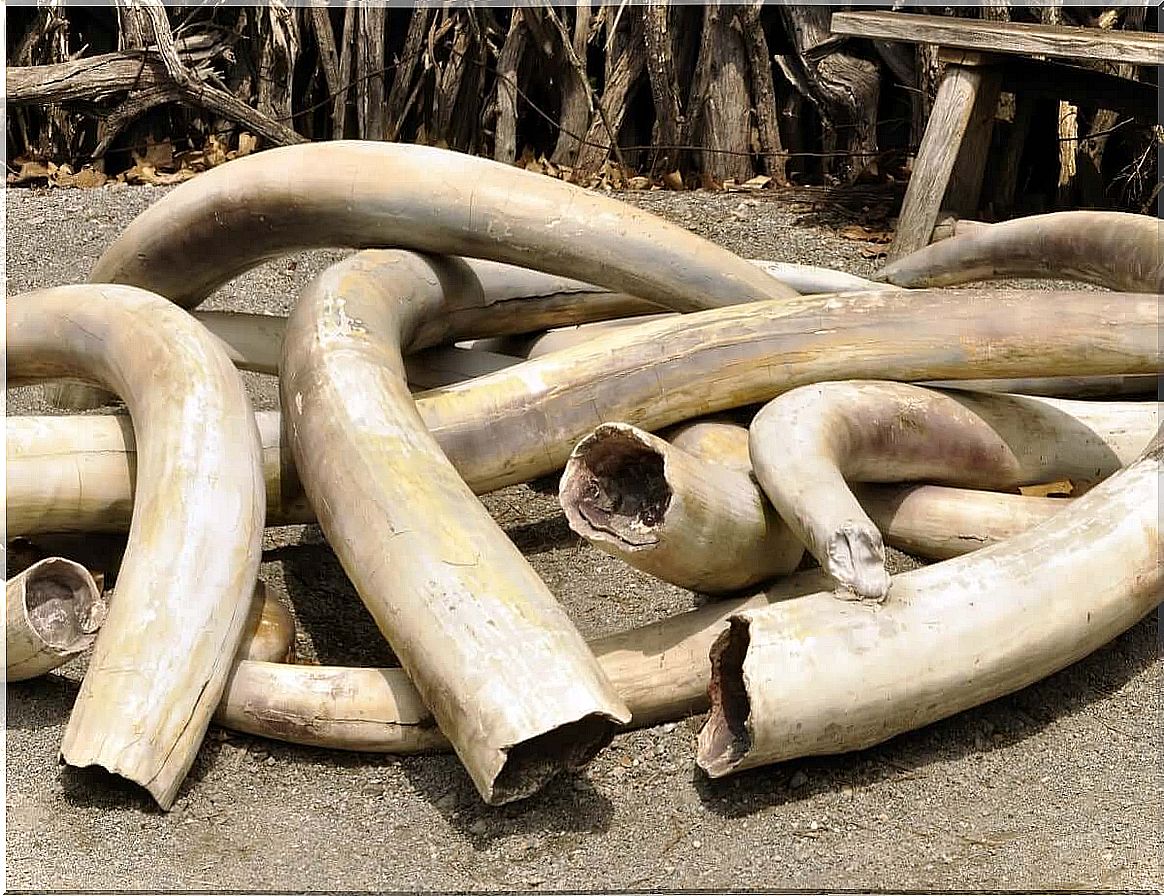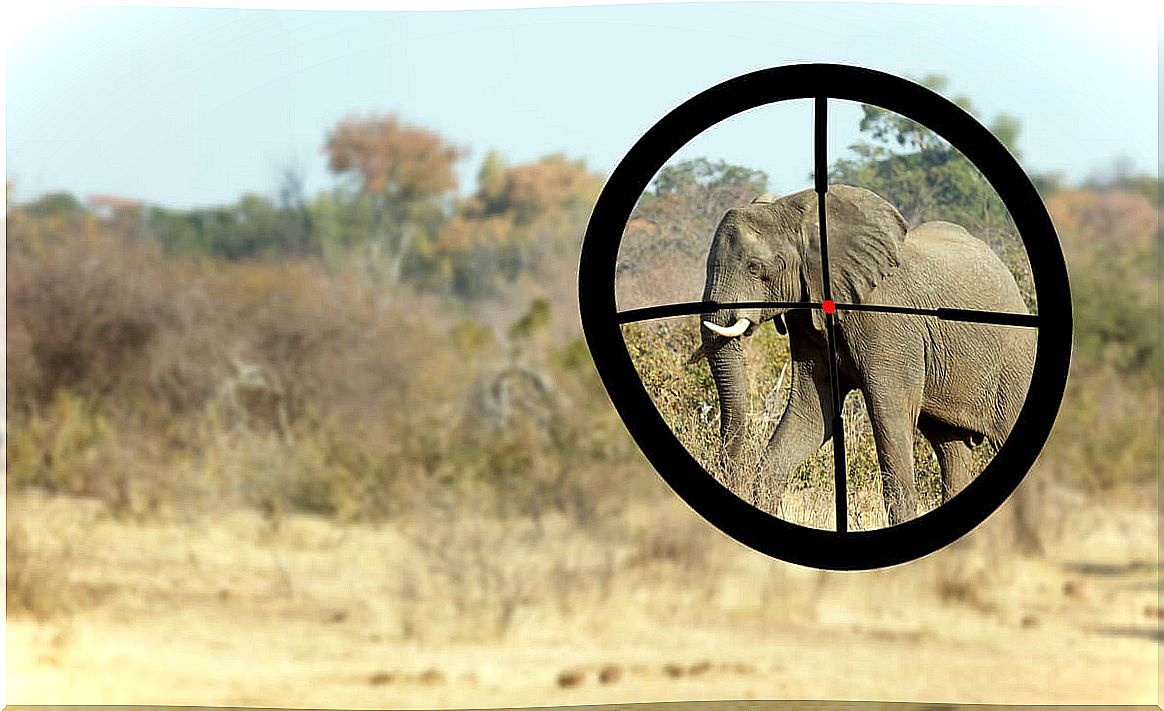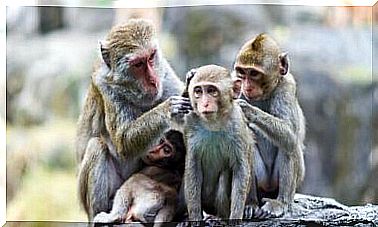Protect Elephants From Poaching

Nick Murray, a Welsh zoologist, has had a self-imposed mission to protect elephants from poaching for more than 10 years. After much effort and hard work, he and his team managed to stop the African elephant hunters.
Despite this success, with the onset of the pandemic and the decline in tourism, Nick feared for the lives of the animals he has been protecting for so many years. How did he and his team manage to prevent the elephants from dying? Let’s talk about this in the following lines.
Nick Murray and wildlife
Zoologist Nick Murray studied at the University of South Africa and, since college, has established a strong bond and passion for wildlife. For that reason – and for over 23 years – he has been a canoeing guide on the Zambezi River in Zimbabwe.
Despite this enormous passion, Nick’s concern for the conservation status of elephants didn’t surface until he had one of the most traumatic experiences of his life. Let’s summarize it in a few lines.
About 10 years ago, Murray was guiding a group of tourists when an unpleasant scene appeared before his eyes: a group of 12 elephants killed near a water reservoir poisoned with cyanide by poachers.
Fortunately, they managed to alert the rangers and finally the 11 poachers were arrested and tried before the law. From that moment on, the zoologist began to fight a battle to protect the elephants from poaching.

Elephants at Mana Pools National Park
Since Murray settled in Africa, the different populations of elephants in the Zimbabwe region have been reduced in number by almost half, from an initial number of 20,000 individuals to 12,000 specimens today.
According to official data, the years 2008 and 2009 were the worst, as it became common for hunters to put cyanide in the trees on which the elephants feed. However, when this action did not give enough results, they poisoned the water reservoirs, with its terrible consequences for flora and fauna.
This type of action kills not only the elephants, but also all animals that drink the contaminated water, even if it is not in the interest of poachers who are only looking for ivory. In addition, scavengers that feed on carcasses can also perish.
The importance of ivory in the market
Elephant tusks are made of this precious material, which has a very high price on the black market. When tourism declines, certain groups of locals need to make a living in another way, and so many locals end up becoming poachers.
Given the current situation we live in and restrictions on the movement of people, many conservationists have seen the safety of elephants in many African National Parks threatened. Thanks to the elephant conservation project, the drop in tourism has not caused an increase in deaths from poachers.
Conservation project to protect elephants
Nick Murray runs – together with his wife Desiree – a major wildlife conservation project in Zimbabwe, in which elephants are the target species.
This program, called Bushlife Conservancy, is very complex and dangerous, as it involves the active fight against poachers who, in addition to killing the animals, also do not hesitate to kill the people who protect them.
Thus, the Bushlife Conservancy trains rangers so that they can carry weapons and thus protect animals. In addition, these professionals also purchased automobiles for faster action.
The most interesting aspect of the project is the monitoring of the “bull” elephants, the bigger and stronger males that usually enter and leave the herds. Therefore, they are the ones who are most at risk. Likewise, these specimens often leave the National Park and enter poaching areas, where they are highly prized because of their enormous prey.
monitoring life
Since 2018, GPS collars have been installed on nine “bull” elephants and it is expected that by 2020 five more collars can be used. The problem with this type of animal monitoring is the high cost, as each collar costs around $5000 and all the organization’s money comes from private donations.
Fortunately, the work of Nick Murray and his entire team caught the attention of the prestigious Sir David Attenborough. So much so that Murray was the guide and advisor for the last two documentaries of this emblematic naturalist.
In addition to working to protect elephants, the Bushlife Conservancy organization also maintains other conservation projects, such as the wild boar, or African wild dog, and the pangolin, both extremely endangered species.

Thanks to projects like Nick Murray’s, wildlife can get another chance in a world that seems to remain unmoved by the suffering of living beings.









